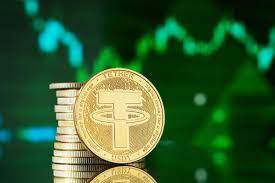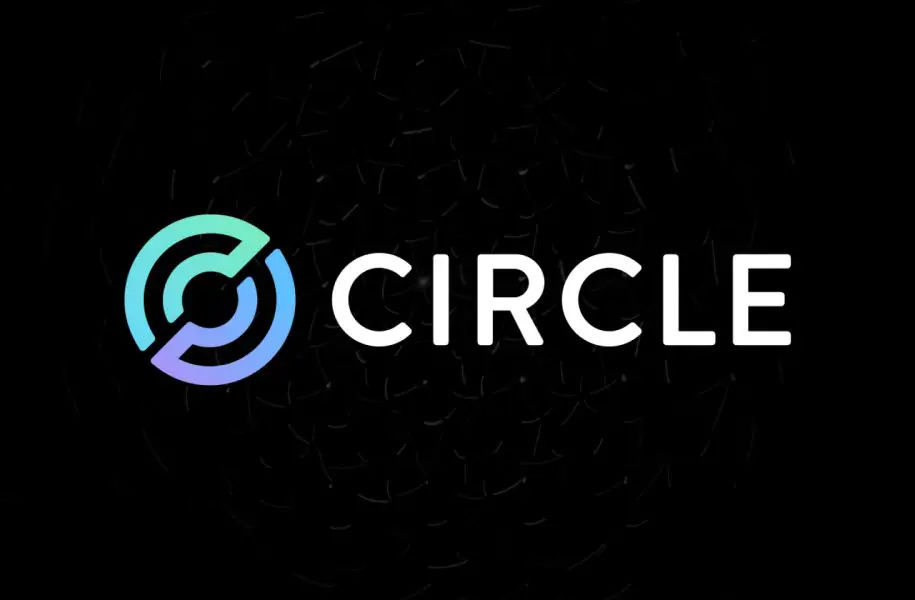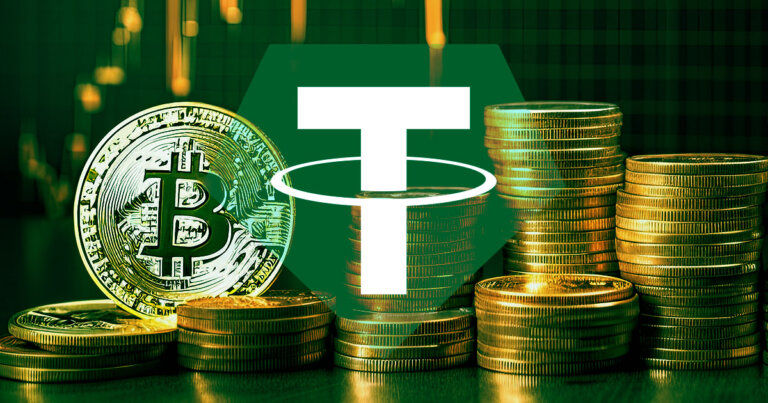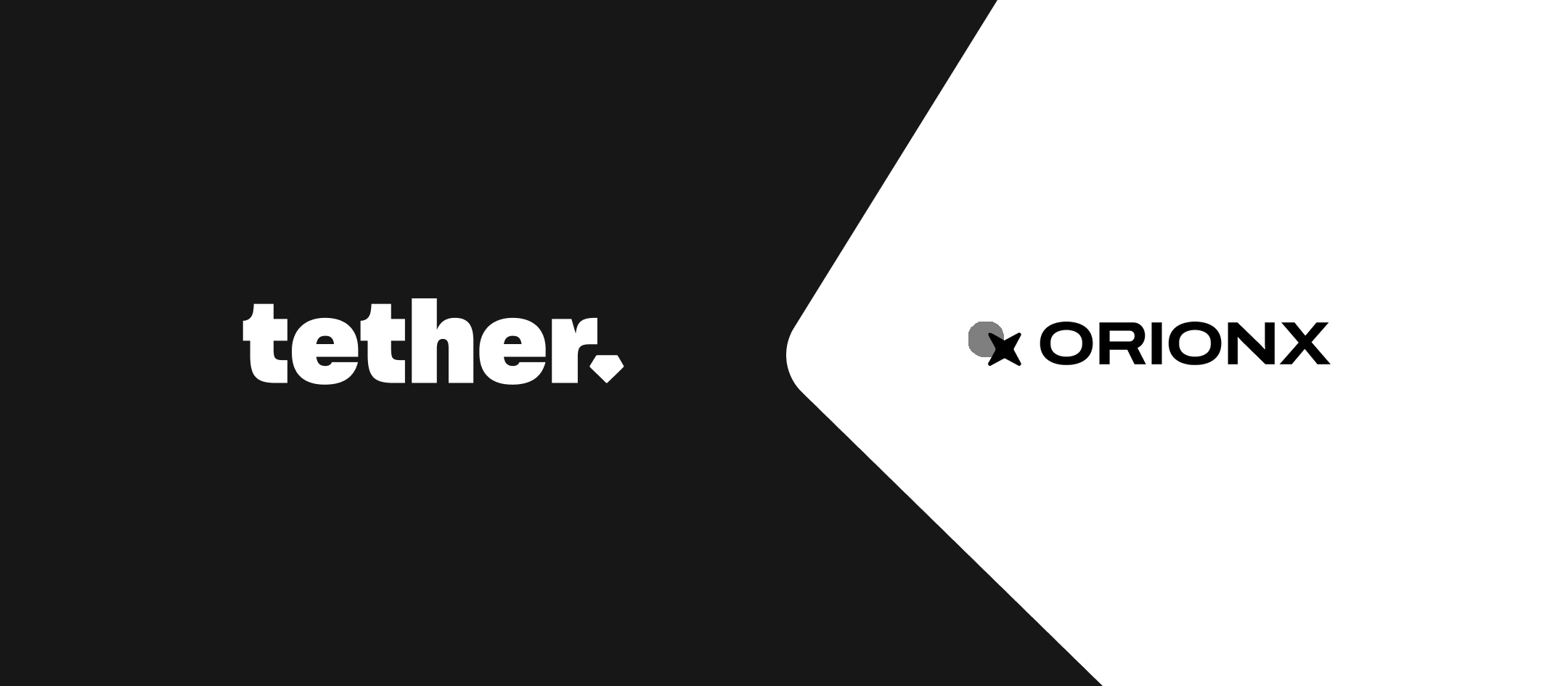The stablecoin provider, Tether, has managed to reclaim its previous record market capitalization for its USDT stablecoin, despite a decline in the overall stablecoin market. Tether reported that USDT has reached a market capitalization of $83.2 billion, equivalent to its previous peak, slightly over a year ago. This achievement comes after the loss of $18 billion following the collapse of the Terra blockchain project in May 2022 and a market downturn.
Tether’s achievement is noteworthy as it contradicts the 14-month decline of the stablecoin market, which is a subset of cryptocurrencies worth $129 billion and plays a crucial role in blockchain-based finance by connecting government-issued fiat currencies with digital assets and facilitating trading.
The success of USDT can be attributed to the struggles of its closest competitors, such as USDC, which is the second-largest stablecoin issued by Circle and has been impacted by the collapse of its banking partner Silicon Valley Bank in March, resulting in instability in its price. Another competitor, Binance USD (BUSD), with a one-time value of $20 billion, was given an expiration date when Paxos, the issuer, was forced to stop producing new tokens in February due to regulatory pressure from the state of New York.
Tether has faced criticism for several years due to the lack of transparency regarding its reserve assets, including loans to undisclosed debtors that may pose a risk. In a lawsuit alleging Tether’s involvement in manipulating the price of bitcoin (BTC) with newly created tokens, a U.S. judge ordered the company to produce documents related to the backing of USDT.
Additionally, a Wall Street Journal report revealed that Tether had used falsified documents to obtain bank accounts in the past. Despite these concerns, stablecoin investors have turned to USDT during the current period of instability, as they perceive it to be safe from U.S. regulators and banks, resulting in its market share reaching its highest level in at least 22 months.
According to Conor Ryder, an analyst at digital asset research firm Kaiko, Tether’s recent success indicates that stablecoin holders prioritize peg stability over issuer transparency. In a report by Kaiko last month, there were suspicions about the “inordinate” market capitalization surge of USDT, which was inconsistent with a decline in trading volumes to multi-year lows.
In contrast, other stablecoins’ market capitalization has generally correlated with trading volumes. Paolo Ardoino, Tether’s Chief Technology Officer, explained in an interview with The Block that USDT’s growing use for payments, particularly in developing countries, accounts for about 40% of all token activity, contributing to the difference in market capitalization.





